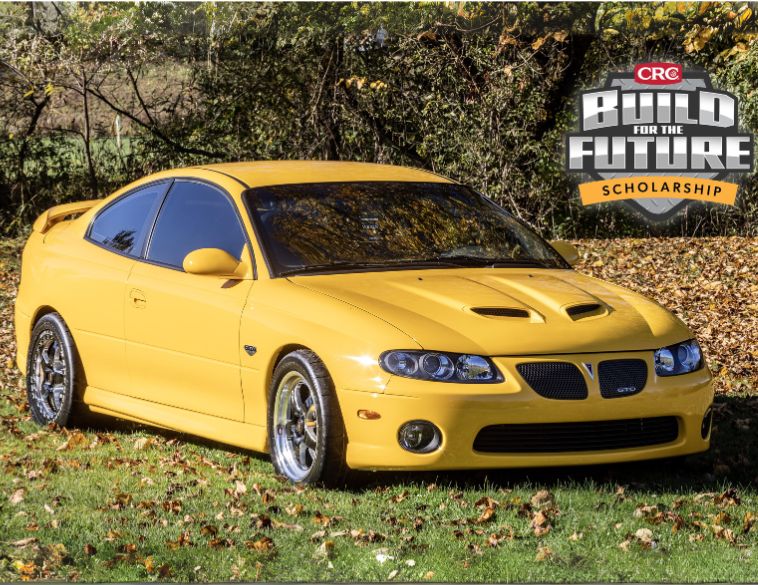Despite advancements in both metallurgy and technology, exhaust systems are still a regular replacement item in most cases.
You know the sound. That familiar ticking and rattling that sounds a bit like a Harley-Davidson V-twin, except it’s coming from the car that just drove up to the front lot of your shop.
Sometimes it’s subtle, sometimes it’s loud but the sound is familiar—the vehicle needs exhaust work.
When you think about it, there’s no real surprise why exhaust systems continue to be a fairly regular part of a service provider’s business. Most exhaust systems are made from steel or alloy and are largely exposed to the elements underneath the vehicle.
Harsh conditions
When you think about the extreme range of temperatures that exhaust components are subject to and then you factor in Canada’s harsh climate of cold winters and hot summers, not mention the liquid chloride and salt many municipalities pour on the road during the colder months; it’s not surprising that failure rates continue to be quite high. As a result, it’s not uncommon to see a muffler or parts of an exhaust lying on the side of the road.
Given these conditions, under vehicle corrosion is largely inevitable and if left unchecked can become a time-bomb for failure. Even with the extreme advancements in coatings and rust protection, exhaust systems still often fail, quite simply there is currently no suitable cost-effective replacement for the steel and alloy piping currently used on most factory OE systems.
Of course, you can always upgrade to an aftermarket system, which can run the gamut from high-quality T304 stainless steel systems with things such as million-mile warranties (at the high end of the price spectrum) to others that use T409 stainless and aluminized steel. Nonetheless, for all but the highest-priced systems, chances are that sooner or later, you will be faced with the need to replace some components, through wear and tear.
Manifold issues
Moving from the bottom of the vehicle to the engine bay there’s also the exhaust manifolds to consider. On most vehicles, these are still made from cast iron and although connected to the rest of the exhaust system, manifolds while subject to similar wear and tear, have their own set of issues. For many of our customers, the complaint is the same. “I have this weird ticking noise coming from the engine bay.” The technician then brings in the vehicle into the bay and often comes up with the same repair recommendation—replace the exhaust manifold gaskets, studs and nuts.
Once again, we are presented with an extremely common repair procedure due to the fact that the manifolds expand every time we start our engines and heat up as they reach operating temperature. When the engine is shut off, they contract again, squeezing these half-inch thick bolts, eventually causing them to break, resulting in a leak and hence a ticking sound.
While there have been many advances in automotive technology in the last few years, primarily in the areas of safety and infotainment, the fact remains that some aspects of the vehicle have stayed largely the same for decades, such as exhaust systems. And, until non-corroding or failing systems become available, service providers need to consider (and inform their customers) that exhaust work is likely to be part and parcel of their business for some time to come.


